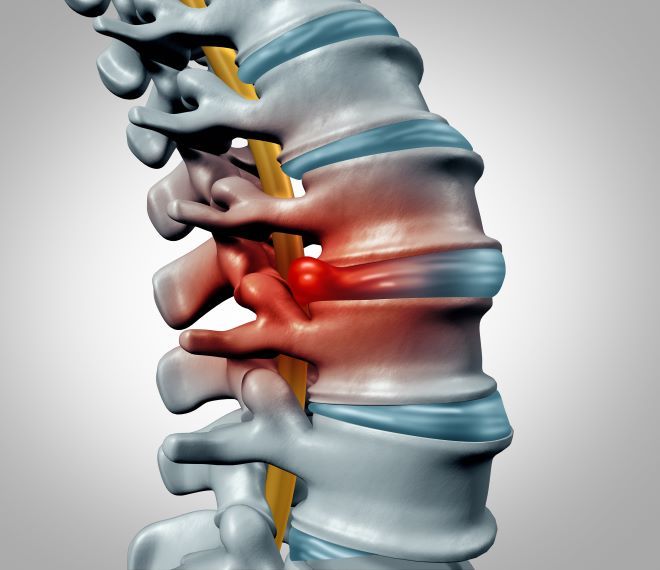Hernia operations

Symptoms
Recognizing a hernia is not always easy, sometimes uncertain sensitivity and groin pain can prevent a clear protrusion. In the case of femoral hernias, early detection is even more difficult. A clear sign is the opening, but in the case of a small hernia there is no such thing, but the pain is even more so. Another symptom is a bump that can be sensitive to touch. This can become visible and more palpable when you cough, laugh, sneeze, for example, but it can disappear when you lie down. Pain can be caused mainly by prolonged standing, movement, exertion, and lifting heavy objects. The greatest danger of a hernia is exclusion, when the contents of the hernia cannot return to its original place and can even cause life-threatening complications.
For the early diagnosis of hernias, we perform an ultrasound examination, and in case of uncertainty, a diagnostic abdominal endoscopy, which helps to isolate pain caused by other abnormalities in the abdominal cavity, such as adhesions. In our time, inguinal hernia can be an accompanying symptom of other diseases. Such e.g. Difficulty defecating, which can also cause a left inguinal hernia, which can also be caused by a colon tumor. Frequent coughing or asthma can also predispose to hernia formation.
Reasons
A hernia is an acquired or congenital defect in the abdominal wall that allows the peritoneum and intestines or an abdominal organ to protrude through the hernia opening. A hernia can occur due to the expansion of the openings resulting from its anatomical structure, where normally only blood vessels, muscles, nerves or other structures leave the abdominal cavity. Post-surgery scars and acquired weaknesses of the abdominal wall also predispose to hernia formation.
For 1000 newborns, approx. An inguinal hernia occurs in 10. In men over the age of 25, the incidence is already 2% and it increases sharply after the age of 50. In women, the incidence of inguinal hernia does not rise above 1%. The inguinal hernia is bilateral in 20-30%.
How does sport affect the development of hernias? You can find out in our article!
When to operate
Early screening can prevent surgery in asymptomatic patients, but this is not always possible. When, and with what technique, a patient can and should be operated on depends on several factors. At Duna Medical Center, we try to operate on as many of our patients as possible using the minimally invasive, laparoscopic technique. In such cases, we reach the hernia through small openings in the abdominal wall and, if necessary, we strengthen the abdominal wall by implanting a mesh. The mesh is also brought behind the muscle through this small opening.
Learn about one of our surgical techniques that we use during umbilical hernia surgeries
Watch our video of a laparoscopic inguinal hernia surgery - The recordings are suitable for disturbing the peace!
Recovery, convalescence period
Functional physical therapy can help, with the aim of strengthening the supporting muscles, mobilizing, correcting posture, and creating static-dynamic balance. With conservative treatment, however, the operation can only be postponed, the already formed hernia must be operated on. Since the strength of the muscle decreases, the strength of the abdominal wall weakens, it is necessary to strengthen the abdominal muscles.
Patients operated on using the surgical technique used at the Duna Medical Center and so-called preemptive analgesia complain of minimal pain and can return to their usual daily activities within a few days. Local anesthesia used in addition to anesthesia prevents the release of pain mediators in the nerve endings, thus reducing pain after surgery. In the case of larger hernias, the nerves running through the abdominal wall are also anesthetized. During the operation, the hernia is circumcised through small openings, and an approx. We insert a 3-5 cm wide net. The mesh temporarily provides support for 4-6 weeks, after which the own tissues grow in and take over the support function. Thanks to the modern laparoscopic procedure, the muscles do not have to be pulled apart, which means that recovery is faster. By using these methods, the need for pain relief both during and after surgery is significantly reduced, and the feeling of well-being is significantly improved. In the 3-4 weeks following the operation, full weight bearing is not recommended, as in this case the mesh has not yet fully adhered, and the risk of recurrence of the hernia still exists.
If you would like to make an appointment for our surgery, you can do so via our telephone customer service at +36 1 790 7070 or online by clicking here !
